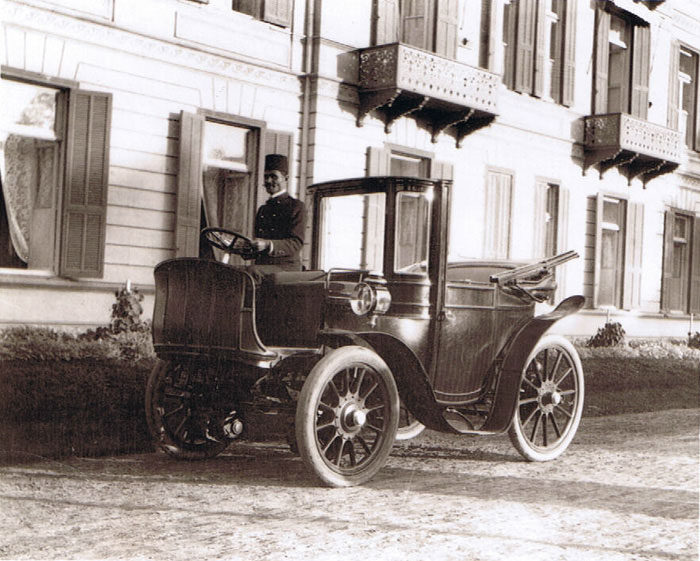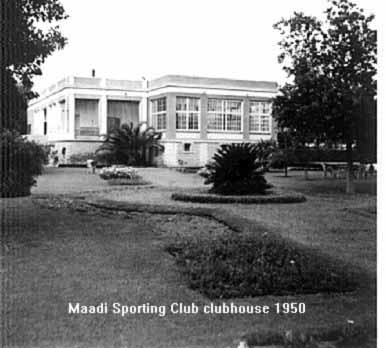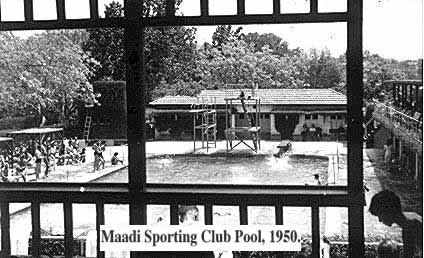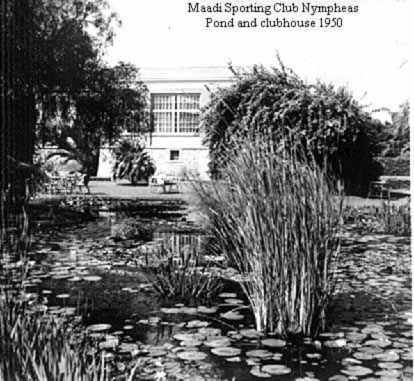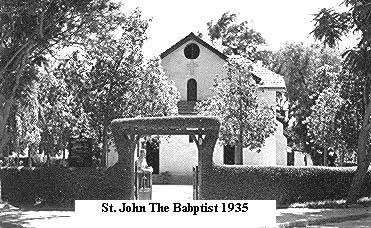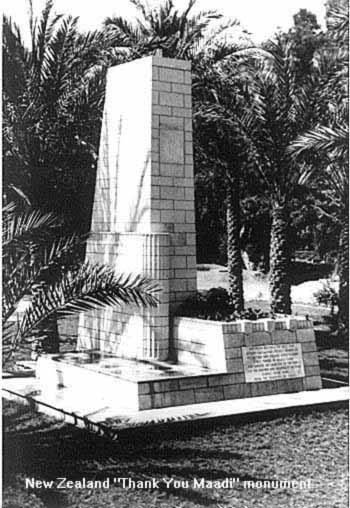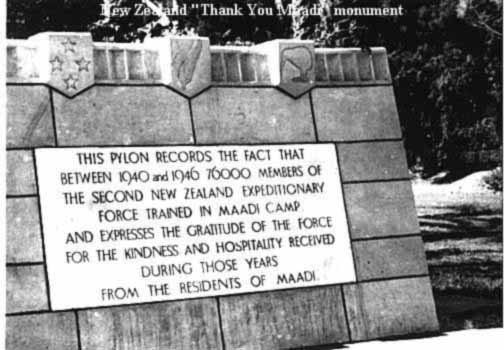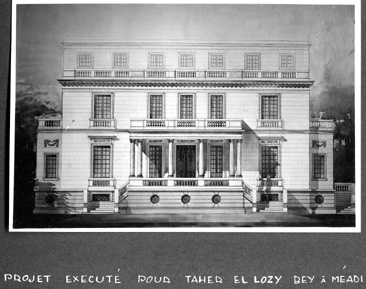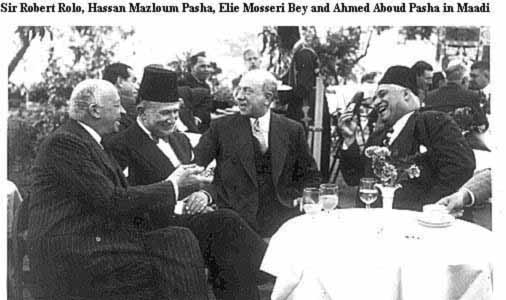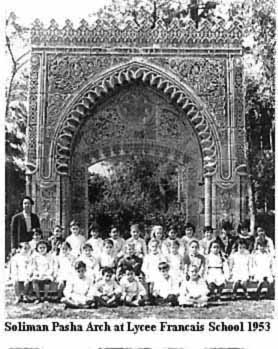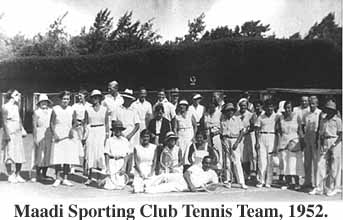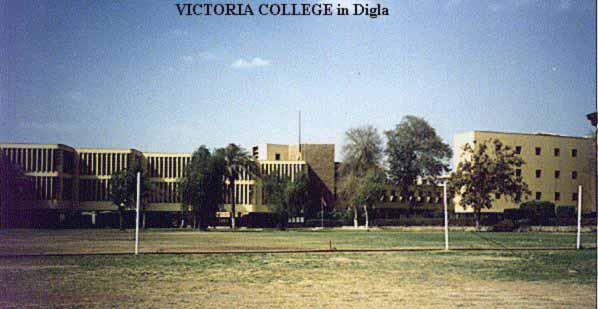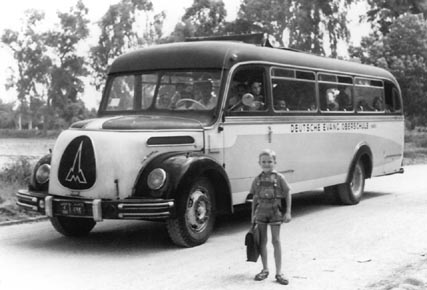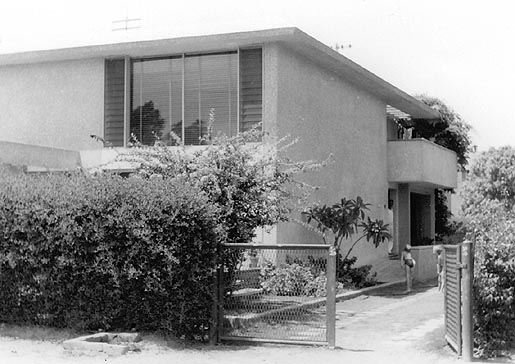p.22
Palmer was succeeded at Delta Land by John W. Williamson (1855-1932) from Smyrna, (now Izmir) a large Greek enclave on the Turkish Anatolian mainland. At the age of 17 Williamson had left Cyprus, where he lived for 20 years. There, he had shared a house with a young officer, Captain Horatio Kitchener, who would later become famous as Field Marshal Earl Kitchener, Minister for War during the first years of World War I. In 1896, John Williamson moved to Egypt and, thanks to Kitchener, made his fortune in a contracting business for the Anglo-Egyptian expedition engaged in the reconquest of the Sudan. For Williamson, this was the beginning of a long and prosperous career in Egypt. He founded the firm of Williamson & Co. Contractors and was the prime contractor on some of the Suez Canal works. Later, he set up the Wardan Company, an agricultural development company, where he picked up the nick-name al-Mudir (the boss). Over the years, Williamson’s experience in the fields of contracting and agriculture would prove invaluable to Delta Land.
p.23
Now that the bulk of land in Maadi was in the Company’s hands, the board of directors set about planning the new town. Williamson and Adams were determined that Maadi should be built along English lines. The Jewish directors acquiesced, attracting people to come and live in the new suburb was all that mattered. Before this could be done, however, roads and houses had to be built, public utilities provided, and a pleasant, peaceful and relaxing atmosphere created.
p.24
House construction was next on the list. Certain plots of land in different parts of Maadi had been reserved for Delta Land to build houses on, first for rent, then for sale. The board had decided that construction would start in the central area on the main avenue, then slowly spread out to other parts of the Maadi. But which architect to commission? Williamson strongly recommended Ariston St. John Diamant (1874-1950), a British educated Greek from his own home town, Smyrna, who had already done some good work for the Daira Sanieh Company. The rest of the board agreed and Diamant was hired.
p.34
There were the boxwallahs (Anglo-Indian term for Englishmen who worked in agencies or trading houses) like Harry Crookshank Pasha, John Williamson, Reginald Heriques and Percy Wyford Stout whose commercial interests had crossed paths several times during the Cromerian years.
p.40
Further west, in an imposing gothic stone mansion overlooking the beautiful verdant square opposite Maadi station, lived John and Hannah Williamson. “Greystone Manor”, as the Williamson’s Gothic-style house was called, occupied an entire block of 5,500 sq.m. (East of the railway tracts, the Williamson property would have been to the north of today’s principal flyover. It is now the site of four large buildings, with Benetton and a number of other shops at street level).
p.84
p.94 TENNIS FEVER: The first Annual Open Tennis Tournament at the Maadi Club was held on Monday, February 1st, 1926. It was a small affair and, except for the two visiting Egyptian champions, Loutfi Wahid and Ahmed Shoukri, the players were all members of the Maadi Club: Miralai (Colonel) Lucas Bey, Hugh-Jones, Iversen, de Cramer, Atkinson, Bawden. The Delta Land Cup and medals were presented by Sir Reginald Patterson, president of the Cairo Lawn Tennis Association, in the presence of the Maadi Club’s new president, John W. Williamson.
A few months earlier, in December 1931, another important auction took place, this time at John Williamson’s “Greystone Manor”, where Queen Anne furniture and Wedgwood ware were selling at attractive prices. In its heyday “Greystone Manor” had been the venue of several publicised weddings, starting in 1922 with John Williamson’s sister, Alithea, and ending with his daughter’s, also called Alithea, who, in 1930, married Count Adrian de Lavison. By then, Williamson had turned 75 and was ready to retire to “White Cliff”, his grand house near Platres, Cyprus, where he owned large fruit plantations. Three months after bidding his Maadi friends farewell, John Williamson quietly passed away in Cyprus on March 29th, 1932 [aged 76]. The new occupant of “Greystone Manor” was Senator Wahib Doss Bey, a Coptic notable from Upper Egypt. (In the late ’60s, the house became the residence of Pippo Valdevioso – the Peruvian ambassador who was known for his elaborate parties – then the home of a Kuwaiti billionaire of the Marzouk clan. In the mid ’80s, the house was pulled down to make way for four large apartment blocks and shopping malls).
Notes: 1- A feature article by the same author, on Annie Gissman, one of the former residents of the Maadi.
Photos of old Maadi:
2- According to contributor Melisa Urgandokur, the name ‘Maadi’ is derived from the Arab word ‘Maad’ meaning a place where one returns to, presumably attesting to its natural beauty.
John Williamson’s house in Maadi
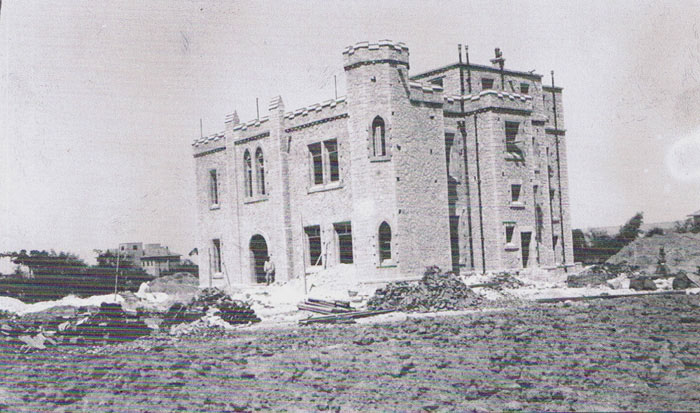 |
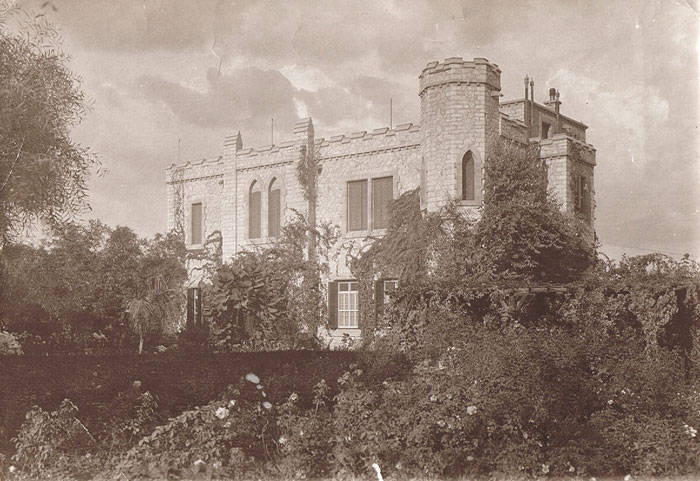 |
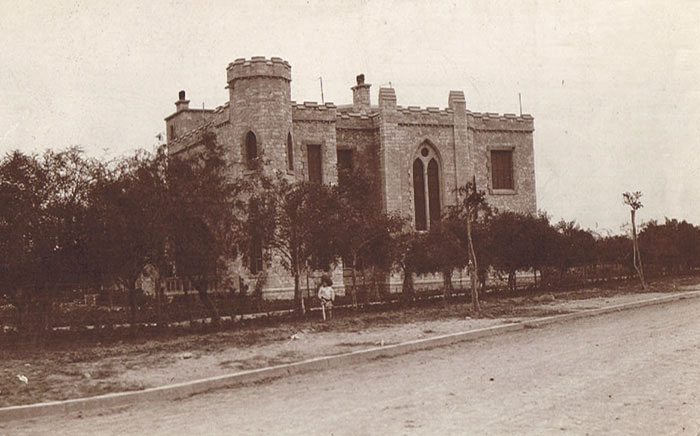 |
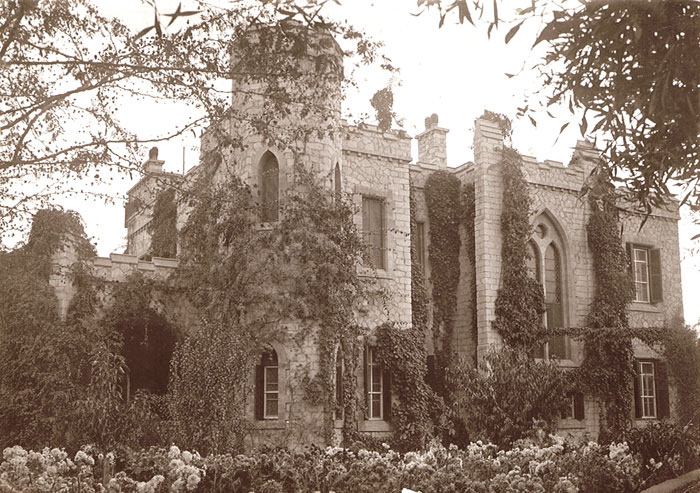 |
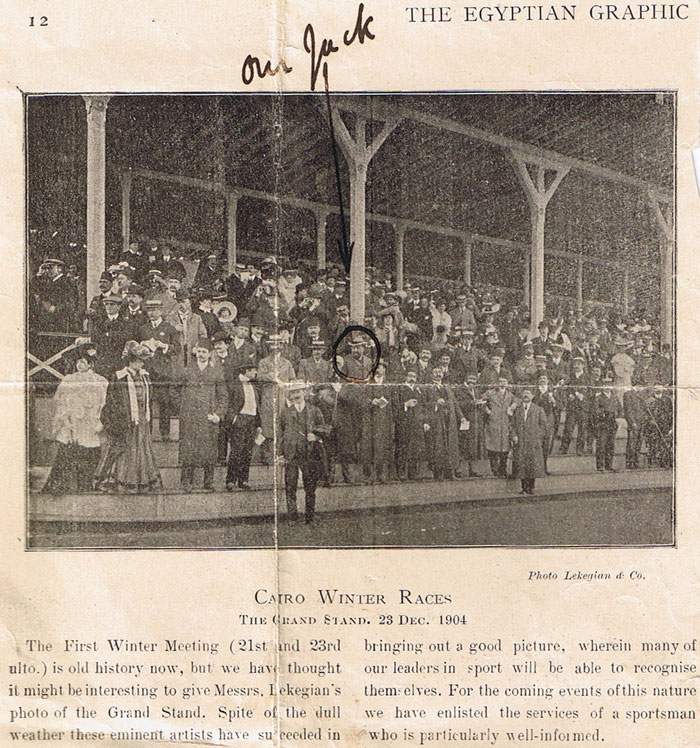 |
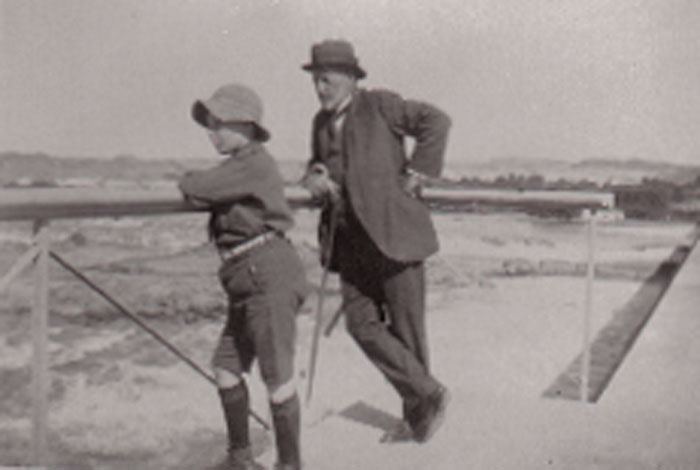 |
My grandfather John Williamson with my father William Eyre Williamson at the Assouan Dam on 11/01/1918.
J.W.Williamson’s car, apparently the first electric car (an Electromobile from 1907) in Cairo, bright scarlet.
All images courtesy of Alithea Lockie
General images of Maadi:
Meyr Y. Biton Synangogue on Mosseri (Orabi) Street, Maadi. In 1933, Meyr Yehuda Biton and his wife Regina Chamma Levi purchased from the Delta Land Company the plot of land totaling 3,174 sq.m. at the intersection of Mosseri Avenue (now Orabi Street) and Road 13. Using their own funds plus those donated by Maadi's Jewish community at that time, the Bitons commissioned engineer Isaac Kipnis to build the Maadi temple which was duly inaugurated in 1946.
German School (DEO) bus picking up students on Road 20.
Richter home from 1958-61 at No. 20 Road 20; 1950s villa designed by Salah Zeitoun a Taliesin Fellow greatly influenced by Frank LLoyd Wright.
 |







